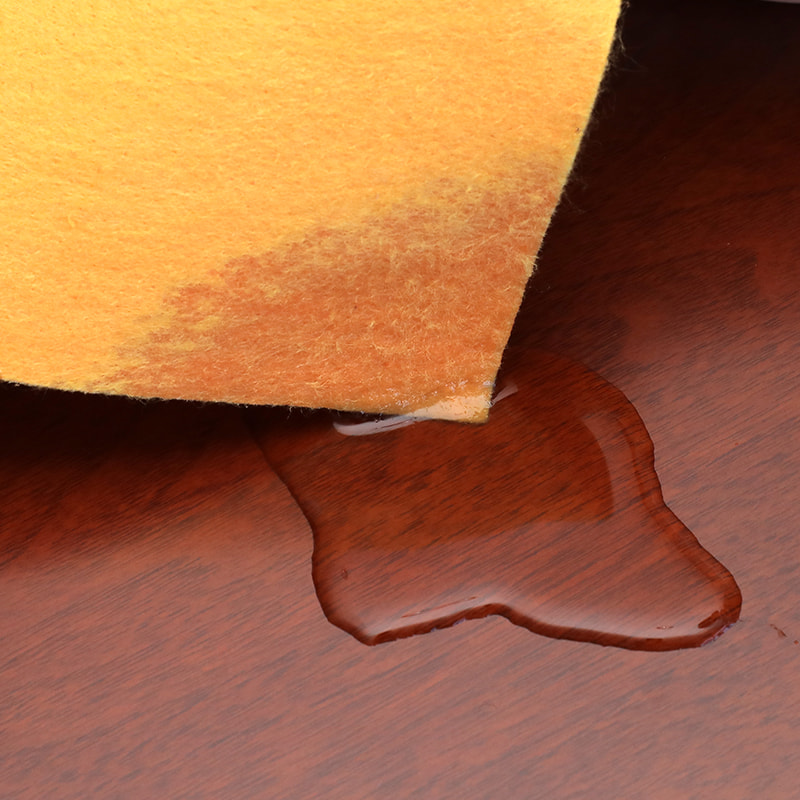Absorbent non-woven fabric achieves its absorbency through a combination of material selection and manufacturing techniques. Here's a general overview of how it works:
Material Selection: The choice of fibers used in non-woven fabric plays a crucial role in determining its absorbency. Materials such as cotton, rayon, polyester, and blends of these fibers are commonly used due to their ability to absorb liquids effectively.
Fiber Properties: The fibers used in absorbent non-woven fabric are often designed to have high capillary action. Capillary action refers to the ability of a liquid to flow through narrow spaces or tiny gaps, such as the gaps between fibers. Fibers with a high surface area and fine structure tend to promote capillary action, allowing liquids to be drawn into the fabric.


Manufacturing Techniques: The manufacturing process of non-woven fabric also contributes to its absorbency. The fibers are typically entangled or bonded together using techniques like needle punching, heat bonding, or chemical bonding. These processes create a three-dimensional structure with interconnected fibers, creating spaces and channels within the fabric that can trap and hold liquid.
Surface Treatment: Sometimes, non-woven fabrics are treated with special finishes or coatings to enhance their absorbency. These treatments can include hydrophilic (water-attracting) coatings that help the fabric rapidly absorb liquids by reducing surface tension.
When liquid comes into contact with absorbent non-woven fabric, the capillary action and the three-dimensional structure of the fabric work together to draw the liquid into the gaps between the fibers. The liquid is then retained within the fabric, allowing it to absorb and retain significant amounts of moisture.

 English
English Español
Español Deutsch
Deutsch عربى
عربى














